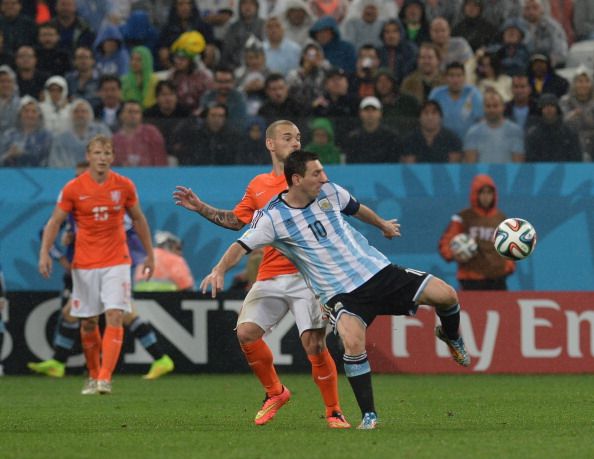
FIFA World Cup 2014: Tactical Analysis - Argentina 0-0 Netherlands (4-2 on penalties)
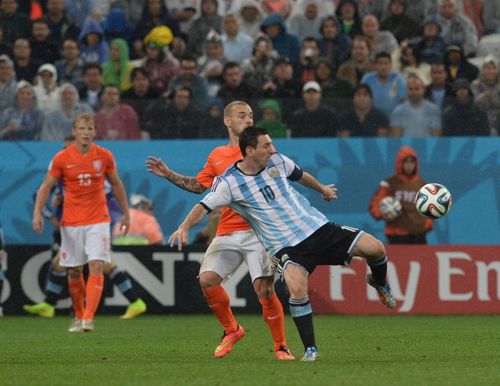
The stakes were high as Netherlands faced Argentina last night in the second semi final of the FIFA World Cup, not just because this was the final hurdle to cross to reach the World Cup finals, but because the first semifinal had raised the expectations a. To be fair, the feelings of the two camps were rather opposite to the popular notion, each seeing the demolition of Brazil as a warning sign, and were vary of not losing this tie in the early exchanges.
The approach of both teams received its fair share of criticism from fans and critics alike, who perhaps were ready to ignore the fact that the stakes were very high, which was why we saw a defensive game that was concentrated in midfield.
A game that was ultimately decided on penalties had its share of ups and downs in the grueling 120 minutes, with attack being subordinate to midfield and Defense for the whole period.
How the teams lined up
The squads, on both sides were back to their stable self after seeing players miss earlier rounds with injuries and suspension. While Netherlands were happy to welcome Nigel De Jong back from injury, the Argentina squad had looked much more set with Marcos Rojo replacing a defense minded Jose Marie Basanta at left back after serving his suspension.
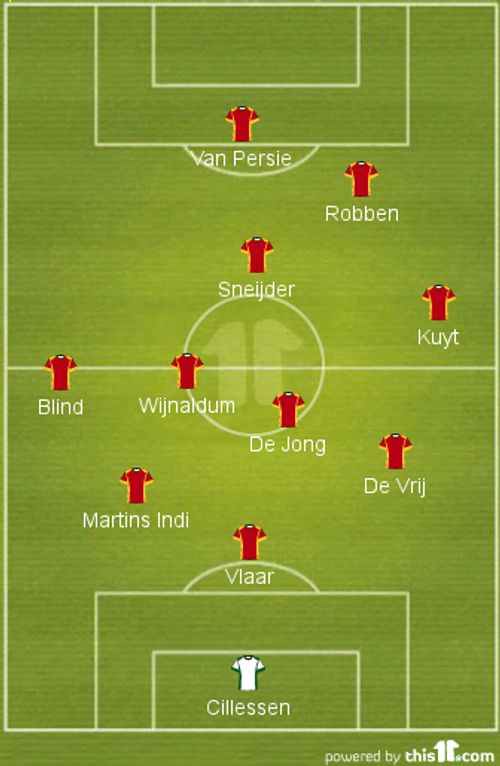
Netherland were particularly happy to have de Jong back to complete their midfield, as it allowed them to play their staple 3-5-2 or 5-3-2. This meant they had the option to solidify their midfield (which was feeble to say the least in the quarter finals), as well free up Wesley Sneijder to dictate the game, which he was not able to do for a large part of the quarter finals against Costa Rica.
Ironically, the positioning of Sneijder this time round was much deeper than his usual number 10 role. He played deep in midfield, almost alongside Wijnaldum with de Jong covering them. Beyond that, the main tactics of the Dutch was to absorb pressure from Messi and co, and use their counter attacking abilities to the fullest.
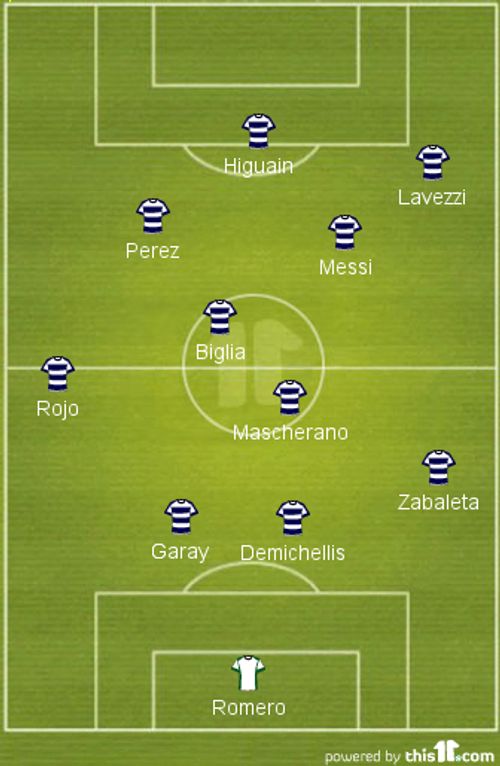
Argentina on the other hand, had to use Enzo Perez in place of the injured Angel Di Maria in their 4-2-3-1. Perez, more of a central midfielder was deployed first on the right hand side of attack and then later on switched to the left. This switch was partly due to the inroads Ezequiel Lavezzi made on the right side, forcing Alejandro Sabella to switch both the players.
Messi was in his usual position, playing in a withdrawn role, taking the ball in midfield and running at the defenders, but this time round he had a tough time trying to create space against a five man defense and de Jong.
Gameplan
Plan A for both sides was to not concede than score, but whenever they ventured forward, Netherlands used two free centre backs, i.e. Stephan De Vrij and Martins Indi, to hoof diagonal balls for Dutch attacks while Robben tried his sneaky runs time and again. He was helped on the right side of attack by the laborious Dirk Kuyt, who never looked like the 33 year old that he is.
The majority of the Argentine tempo was controlled by Mascherano who even delved deep into the back line to receive and spread the ball for Lavezzi and Rojo & Zabaleta on the overlap. Messi as the source of creativity was pretty much confined to dead balls.
Players playing in their natural positions
This World Cup has seen questions arise on the ideal position of a player in his team. Philip Lahm, the best example, was ultimately slotted into his most natural position at right back after Joachim Low persistently played him as a central midfielder, the position he played throughout the season with his club, in the earlier rounds. And the results were instantaneous for Germany as they achieved better balance with Lahm at right back.
Sabella has been intelligent on this bit from the start. Javier Mascherano, who has been played out of position at Barcelona since his move there, was given his natural role in the midfield rather than going by what he does at his club. Mascherano’s influence on the whole game was there to be seen, splitting the centre backs for goal kicks and creating from the back, spreading the diagonals to wings and neutering almost all the Dutch attacks.
His most telling influence on the game was that tackle late in the second half when Robben could have won it for the Dutch, and that was just a sign of how important he is to the squad.
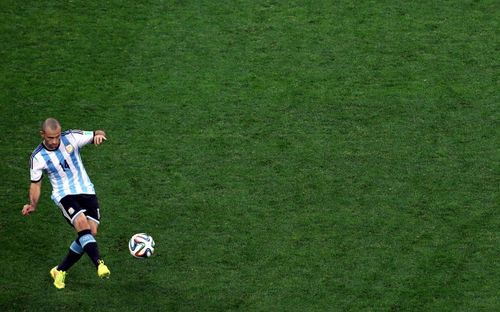
The attacking threats like van Persie and Messi were contained very well throughout the game by both the defenses. Players like Kuyt, Lavezzi and Lucas Biglia who put in a shift in a demanding game had much more of a say in the game.
No anti-climax
The match had no anti climax in terms of last minute substitutions. Louis van Gaal went with Ron Vlaar as his first choice penalty taker, who missed, setting the tone for the shoot out which led to disappointment for the Dutch fans while Louis van Gaal revelled in the fact that he helped Argentina to the final by helping Sergio Romero learn how to save penalties during their time together at AZ Alkmaar.